Deck & Commander Strategies
Shrus the Sproutsire
Generate and grow sapling tokens by dealing combat damage with saplings, leading to a rapidly expanding board that can overwhelm opponents through wide creature presence.

Niv-Mizzet, Visionary
Use direct damage spells that trigger card draw, enabling a spell-slinging approach that deals damage to multiple opponents while maintaining a steady flow of resources.

Elenda, Saint of Dusk
Leverage life gain to strengthen creatures and apply pressure, using large life swings to boost damage output and create a resilient board state.

Zimone, Paradox Sculptor
Manipulate +1/+1 counters to either build a few large creatures or a wide board, capitalizing on synergy between counters and incremental growth to control the battlefield.
Gameplay Insights
- 1
The Sproutsire player used combat damage from saplings to generate even more sapling tokens, creating a snowball effect that pressured opponents early.
- 2
Niv-Mizzet’s deck capitalized on dealing damage combined with card draw to maintain a steady advantage, highlighting the power of damage-triggered draw in multiplayer.
- 3
Elenda’s life gain approach was not the usual incremental method but focused on large life gains to provide sudden boosts to creatures or direct damage potential.
- 4
Players targeted key ramp and protection artifacts and enchantments such as Soul Ring and Emerald Medallion to slow down opponents’ acceleration and board development.
- 5
Epic Struggle was deployed as a potential alternate win condition that incentivized building a wide board, though it was more a distraction or protection magnet than the main win plan.
- 6
The Simic Paradox Sculptor deck demonstrated flexibility in building with +1/+1 counters, showing how counters can be used to both grow creatures and generate mana for further plays.
Notable Cards
-
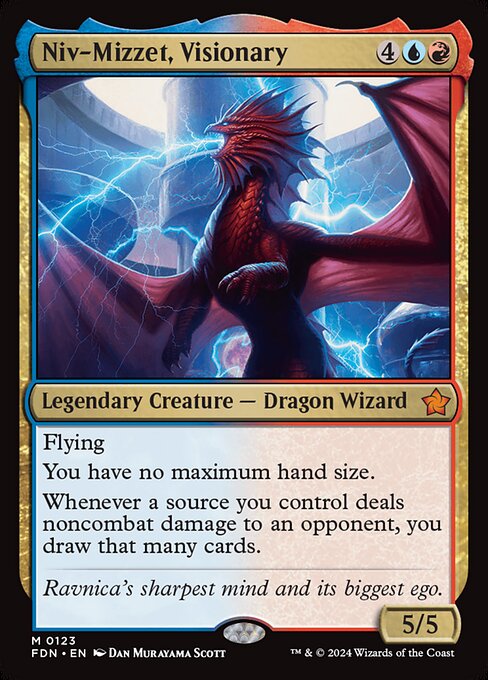
Niv-Mizzet, Visionary
-
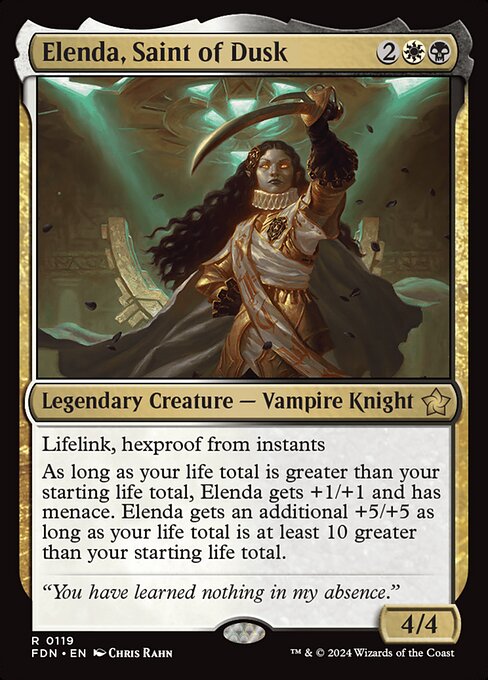
Elenda, Saint of Dusk
-
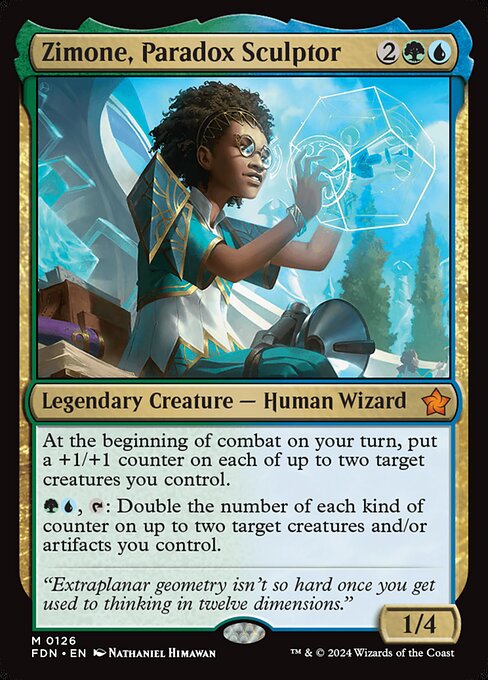
Zimone, Paradox Sculptor
-

Emerald Medallion
-

Epic Struggle
-
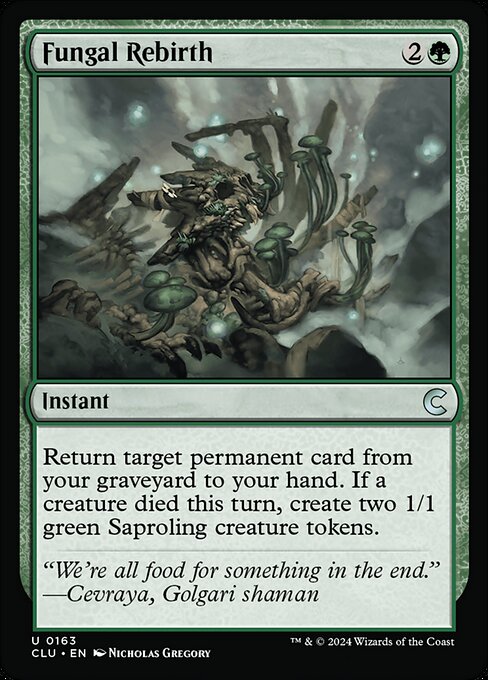
Fungal Rebirth
-
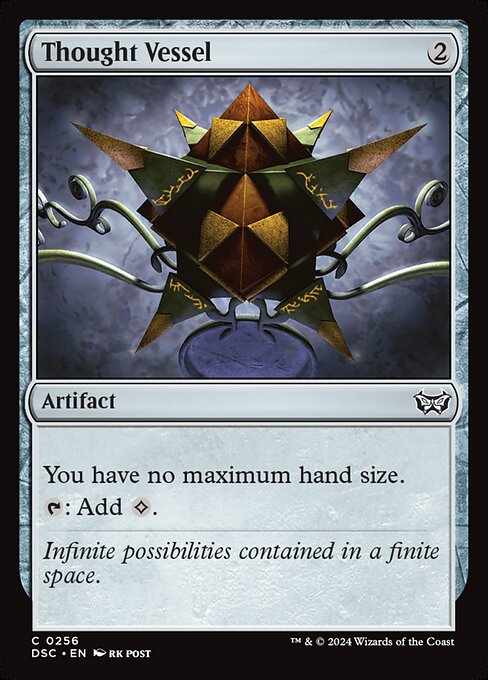
Thought Vessel
-

Decanter of Endless Water
-

Witch Enchanter // Witch-Blessed Meadow
Gameplay Summary
The game features four new Foundation commanders, each showcasing unique strategies.
Early on, the Sproutsire player ramped quickly using mana artifacts and lands to cast their commander and start generating sapling tokens.
This deck focused on wide board presence by creating and growing saplings, leveraging combat damage from these tokens to rapidly expand the army.
The Niv-Mizzet Visionary player aimed to capitalize on direct damage spells combined with card draw triggered by dealing damage, creating a powerful spell-slinging engine to overwhelm opponents.
Meanwhile, the Elenda, Saint of Dusk player centered their strategy on gaining large amounts of life and using that life total to boost creatures or finish opponents with powerful damage bursts.
Lastly, the Simic Paradox Sculptor player worked with +1/+1 counters, either going tall with a few large creatures or wide with many smaller ones, using intricate interactions around counters to gain incremental advantages and board control. A key turning point was the Sproutsire's ability to generate multiple saplings from combat damage, rapidly increasing their board presence and threatening to overwhelm others if left unchecked.
The Elenda player’s life gain mechanics provided a strong defensive backbone and potential for sudden lethal damage.
The Niv-Mizzet player’s strategy of combining damage spells and draw kept them well-stocked on resources, enabling them to respond to threats and push damage consistently.
Throughout the game, players made tactical decisions to remove key artifacts or enchantments that enabled ramp or protection, such as targeting the Sproutsire’s mana acceleration.
The game’s flow highlighted the contrasts between aggressive token swarm, control through counters, life gain synergy, and spell-focused burn, showcasing the diversity of the new commanders’ playstyles.







































![Schwaben Clash! | Herumkommandiert #13 | EDH Commander [Deutsch] thumbnail](https://i.ytimg.com/vi/3MudYH287do/sddefault.jpg)



